If you’ve been to Walt Disney World, you’ve likely visited Epcot, notable for its giant Spaceship Earth globe at the front entrance, the World Showcase pavilions featuring countries from around the world, and attractions highlighting progress in technology and culture. Interestingly enough, though, Epcot reflects a different original vision than Walt Disney had not only for the park but for Walt Disney World in general.
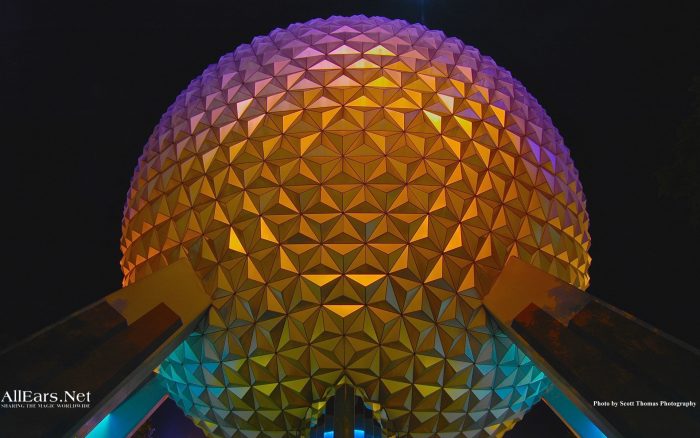
The True Main Attraction
When he started developing the land that would become Walt Disney World, Walt Disney wanted to make something different from theme park-oriented Disneyland. His new idea was EPCOT: the Experimental Prototype Community of Tomorrow. EPCOT was meant to be a full-fledged, self-sufficient city, with no intention of being an actual theme park or tourist trap. However, since his new idea was even more novel than when he created Disneyland, he decided to include a Disneyland-like park both to garner support for funding and to draw in visitors. The idea was that Magic Kingdom would be a means to an end, serving to bring in guests who would then be introduced to the real star of the show: EPCOT. And while Magic Kingdom might be a traditional theme park, EPCOT would be nothing of the sort.
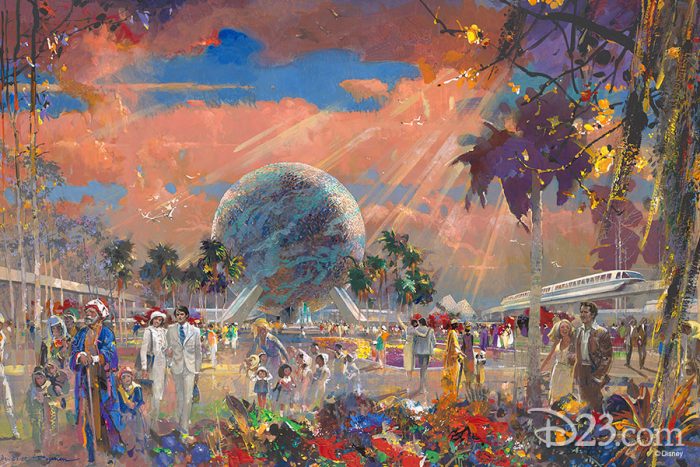
Fulfilment of the American Dream
But just what was EPCOT meant to be? To understand the original vision for EPCOT, you first need to understand Walt’s personal values. He strongly admired the American dream of entrepreneurship, something he had used to make his own dreams come true. If everyone had the support and drive to work toward their dreams to the fullest, he thought, they could all make the impossible happen.

Furthermore, he believed in steady progress toward a brighter future, one where people from around the world could live and work together in harmony. Many of his movies, attractions, and television programs highlighted the beauty of other cultures and people, and he wanted to see the world come together. But he was also aware that urban sprawl and international strife were continuing to create global tension, and he wanted to create a positive example to counter that negativity. EPCOT was the culmination of his ideals, and it was intended to be a functional utopian city that promoted a positive civic community and cooperation with businesses for advancements that benefited all.
The Birth of the City of Tomorrow
The first step for Walt was to gain municipal jurisdiction over the lands he had bought in Florida. This would, in theory, let him determine the set-up of his new community and build it however he liked. Rather than build on a preexisting town or facility, he wanted to start entirely from scratch and create something completely novel and unique. He had a vision of a futuristic, circular city aesthetic based around a “radial plan”, wherein the city would extend outward from EPCOT’s center, with each outward layer having its own theme.
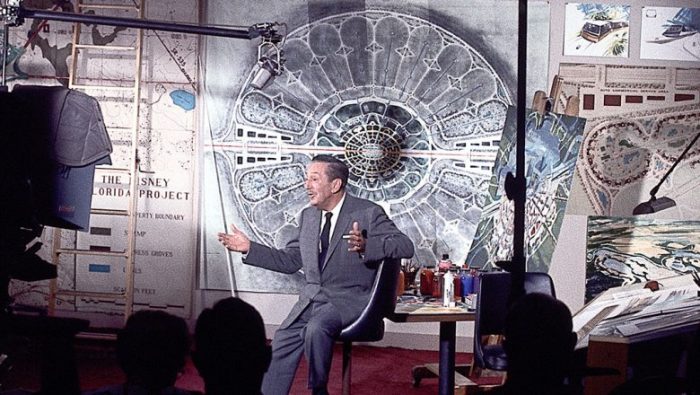
At the city’s core would be the business sector, comprising not strictly commercial facilities but also a rich array of social, dining, and entertainment venues, making the downtown lively and dynamic rather than a site for urban decay. There were even plans to make a shopping “World Showcase” of shop streets based on popular destinations across the globe. Walt also invited businesses and industries from around the world to move into specially adapted offices in the business area as well as to a separate industrial complex adjacent to EPCOT for showcasing new prototypes, with the goal of creating economic cooperation and fostering excitement in modern advancements.
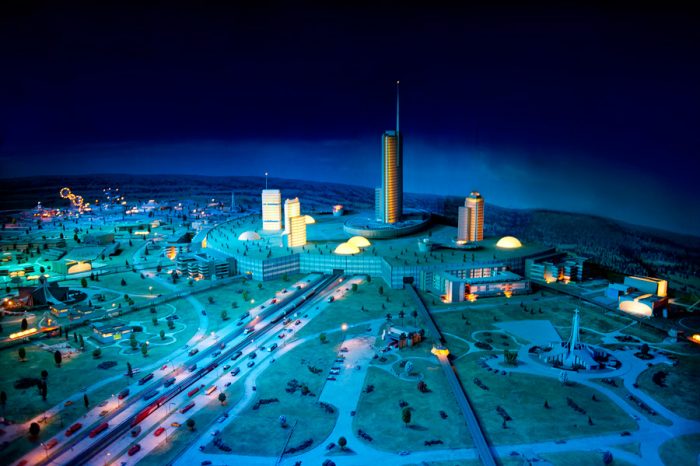
The business district, which would be completely enclosed – even from above – in a glass sphere to ensure stable climate control, would be outwardly rimmed first by apartments and then by a thick “green belt” for recreation. The remaining two-thirds of the city would consist of suburban/residential areas. All of the different places in the city would be connected via electric, near-silent transportation systems such as monorails and the newly designed, continuously in motion “PeopleMovers”; cars and other motor vehicles would be restricted to underground, multi-level roads beneath the city, letting pedestrians on the surface safely walk everywhere.
The Heart of Disney World and the Future
EPCOT was certainly intended to be a self-sufficient city, one that could exist as its own entity and use all of its resources to further advance itself, but it was also meant to be the beating, living heart of not only Walt Disney World but the future of the nation and world. A living heart never stops growing or working, and that was exactly what Walt had in mind for his city of eternal progress. Due to his control over the city, no one could own land nor be unemployed; they would all be tenants and employees of EPCOT. Everyone would be treated equally, with shared access to the best and most technologically advanced homes Disney could design. And they would all be expected to take up service roles in the city, with all work directly applied to the betterment of the city and their mutual prosperity. With the enforced drive for progress in mind, EPCOT would become the nexus for countless innovations and breakthroughs, keeping the metropolis in a perpetual, ever-advancing industrial and artistic renaissance.
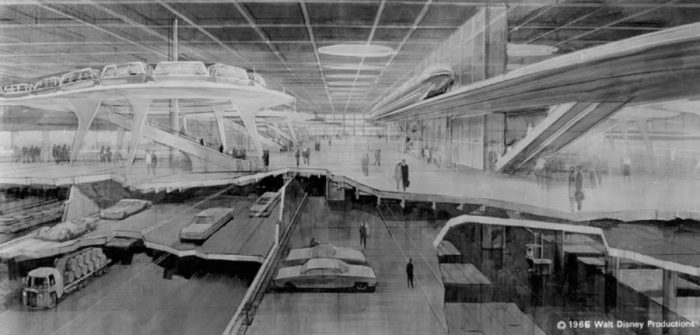
One should note that while the Walt Disney World property was already planned to contain multiple resorts and guest facilities for tourists, the grandest and most ambitious of all the hotels was the 30-story building meant to rest at the center of EPCOT, with all of the above- and below-ground transportation networks leading to and from it. This indicates that while the Magic Kingdom may have served as the more immediate attraction, Walt considered EPCOT as the ultimate destination in Florida, one that would come to overshadow the theme park. With the monorail and other transport networks envisioned to extend across the entire property, the Magic Kingdom and the other pieces of Disney World would function as subsidiary extensions supporting EPCOT’s primary role as a utopian city.
But that was just the beginning. Due to the economic investments in EPCOT and chance to publicly show off new advances on the site, Walt believed that the city’s innovations would in turn encourage American and global industries to accelerate their own technological advances, creating a stable model for progress. And Walt Disney World was also anticipated to host an “airport of tomorrow”, revealing how EPCOT would be linked not only nationally but globally. Just as companies could use the venues of Disney World to showcase their newest products, EPCOT as a whole would serve as a model and blueprint to the world – both for the American free enterprise system and for the future of cities and communities. In this ideal world inspired by EPCOT, there would be no conflict or suffering, just a shared, interlinked passion for improving the world.
Change in Plans
Much of the plan for EPCOT and Walt Disney World was Walt Disney’s personal vision, and said dream did not last beyond his untimely death in 1965. While progress with Walt Disney World continued, and in 1967 Disney obtained the municipal jurisdiction that Walt had wanted, the idea for a utopian community was diminishing fast. Keep in mind that for many investors, Magic Kingdom, based on the already tested and proven design of Disneyland, was the main incentive for funding, with EPCOT still an uncertain work in progress.
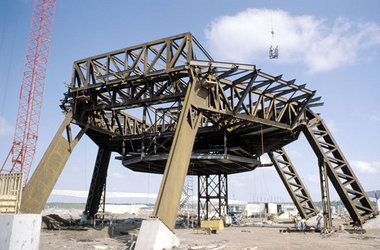
Enduring Legacies
While the Epcot park is very different from what the utopian EPCOT would have been, the original plans still left their mark on the park. Much of the advanced technology intended for the utopia, from the monorail transportation system to the parks’ efficient waste disposal systems, became hallmarks for Walt Disney World as a whole. The businesses that would have funded the community instead became key sponsors for different rides in Epcot, a tradition continuing to this day with rides such as Chevrolet-sponsored Test Track. While there was never a 30-story hotel put in the middle of EPCOT, the overall concept of idealized, multi-amenity resorts for guests has been applied at smaller scales in the other resorts across Walt Disney World.

Moreover, Epcot introduced a new approach toward visitors, one that stemmed from the utopian vision of progress. Rather than simply entertaining guests, many of the attractions at Epcot also teach them about diverse cultures and significant advancements around the world, encouraging them to become imaginative discoverers in their own right. If you want to see an up-close glimpse at what EPCOT could have been, step onto the “Tomorrowland Transit Authority” PeopleMover system at Tomorrowland in the Magic Kingdom. Not only is this ride a scaled-down version of the envisioned mass transit system for EPCOT, but during the ride you’ll pass by a detailed diorama of Walt’s full cityscape for the “Progress City” meant to be EPCOT, and you can see for yourself the love Walt put into this last dream of his.
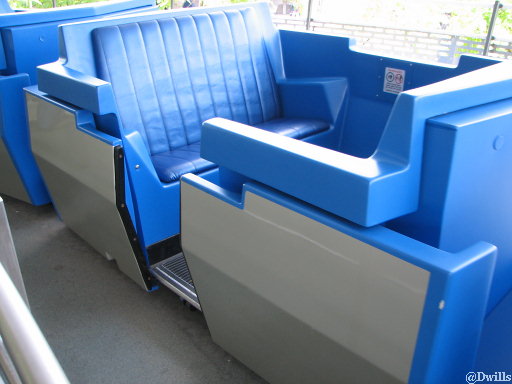
A Beautiful Dream
“We know what our goals are, we know what we hope to accomplish,” Walt Disney confidently promised at the start of a video shortly before his death, presenting his plans for Disney World – and more specifically, EPCOT – “and believe me, it’s the most exciting and challenging excitement we’ve ever tackled at Walt Disney Productions.” It’s unclear if Walt’s vision for EPCOT’s dream city would have worked in reality, if he had been able to see it through to the end. Some aspects of his plan, such as his absolute control over the city and its tenants, raise moral dilemmas, and his faith in altruistic business cooperation may have been misplaced. And while he boasted that the PeopleMover system was immune to mechanical breakdowns, plenty of riders can attest to “traffic jams” in Tomorrowland.
Then again, it’s important to remember that when he first proposed Disneyland, and way back when he started animation, people thought that those ideas of his were far-fetched, too. Moreover, some of the key ideas for EPCOT, such as the mass transit systems and emphasis on cultural and green areas to spark urban renaissances, have become key instruments in city revivals. Whatever the case, even if Walt’s idea didn’t quite turn out as he imagined it, it has helped shape the course of Walt Disney World and Disney as a whole.
What is your favorite part of Walt’s original vision? In what ways are you glad Epcot changed course? Share your thoughts in the comments below.
Learn more about Disney history at the links below.
- 3 Rules Introverted Disney Adults Must Follow in Disney Springs
- This Poor Disney World Ride Is SCREAMING for Help and No One’s Listening
- Why We’re Already Worried about Disneyland Abu Dhabi
- The Initial Failure of EuroDisney Is STILL Affecting Disney 30 Years Later
- This Hollywood Studios Ride Gives Me Anxiety and I Know I’m Not the Only One


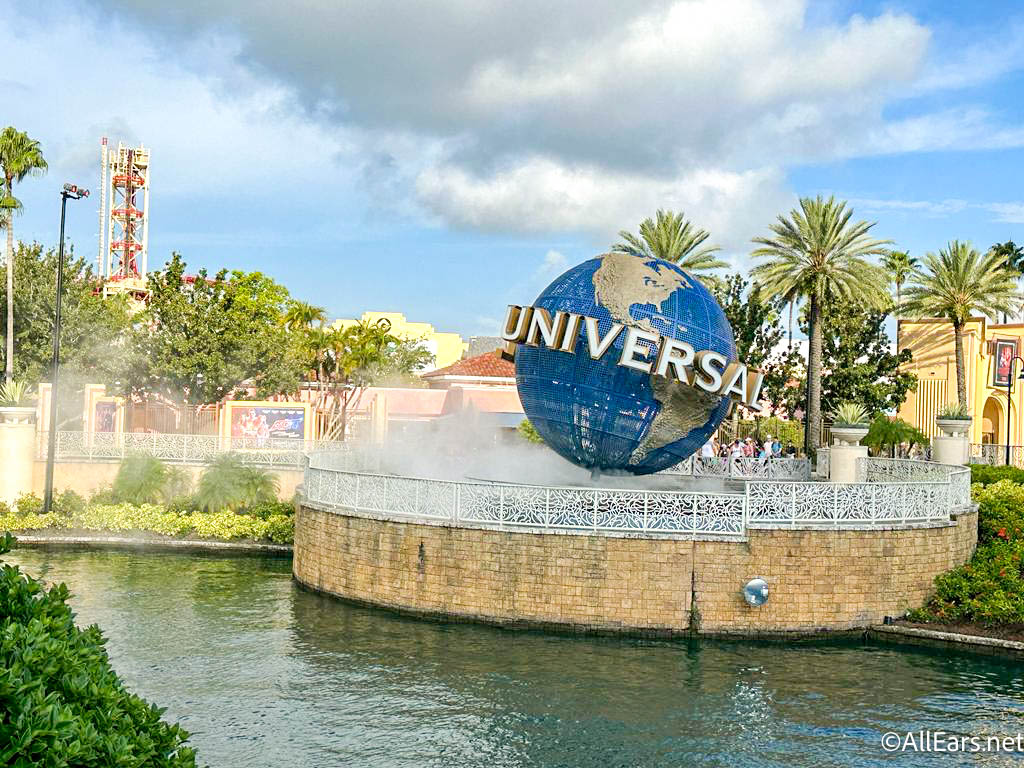


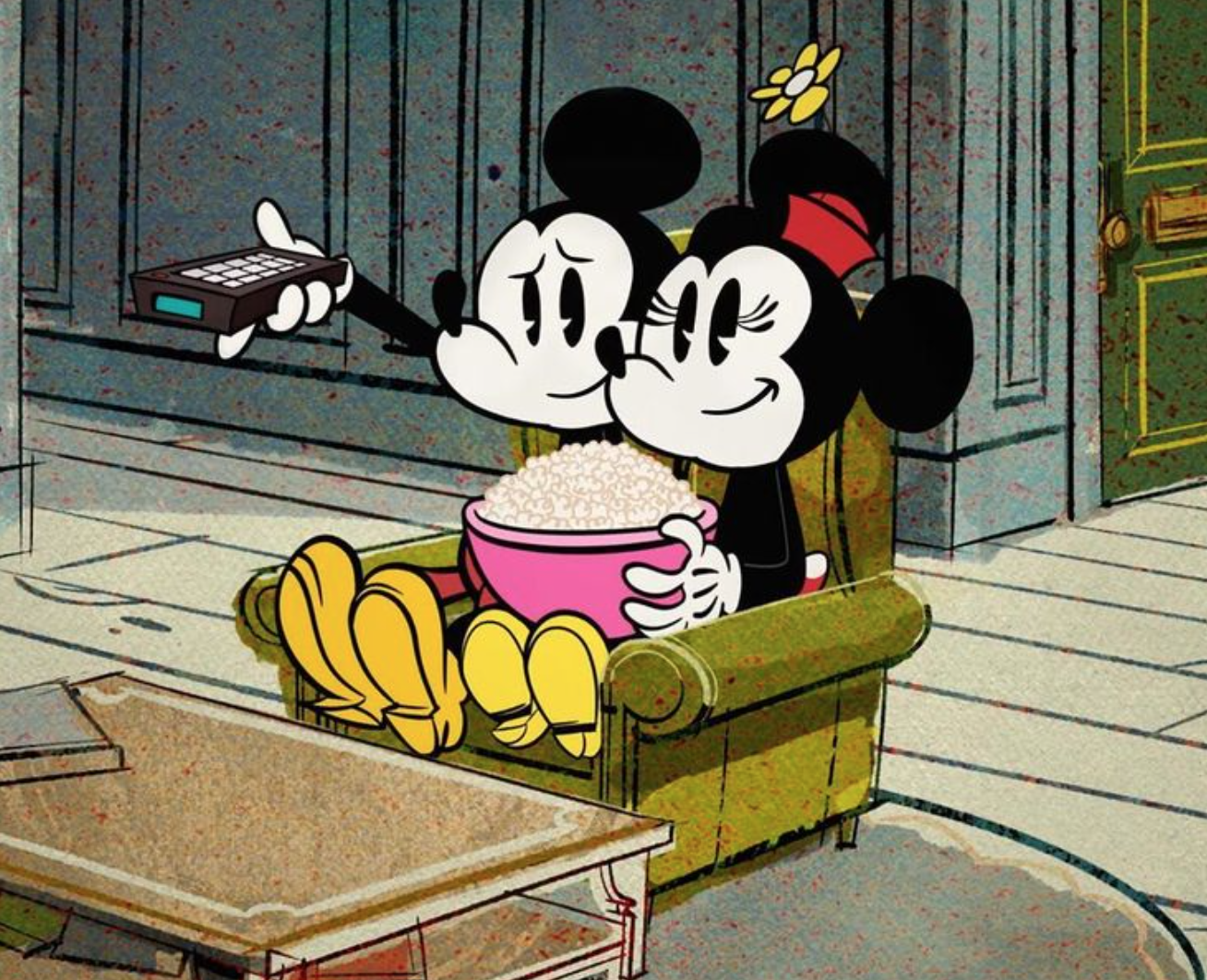
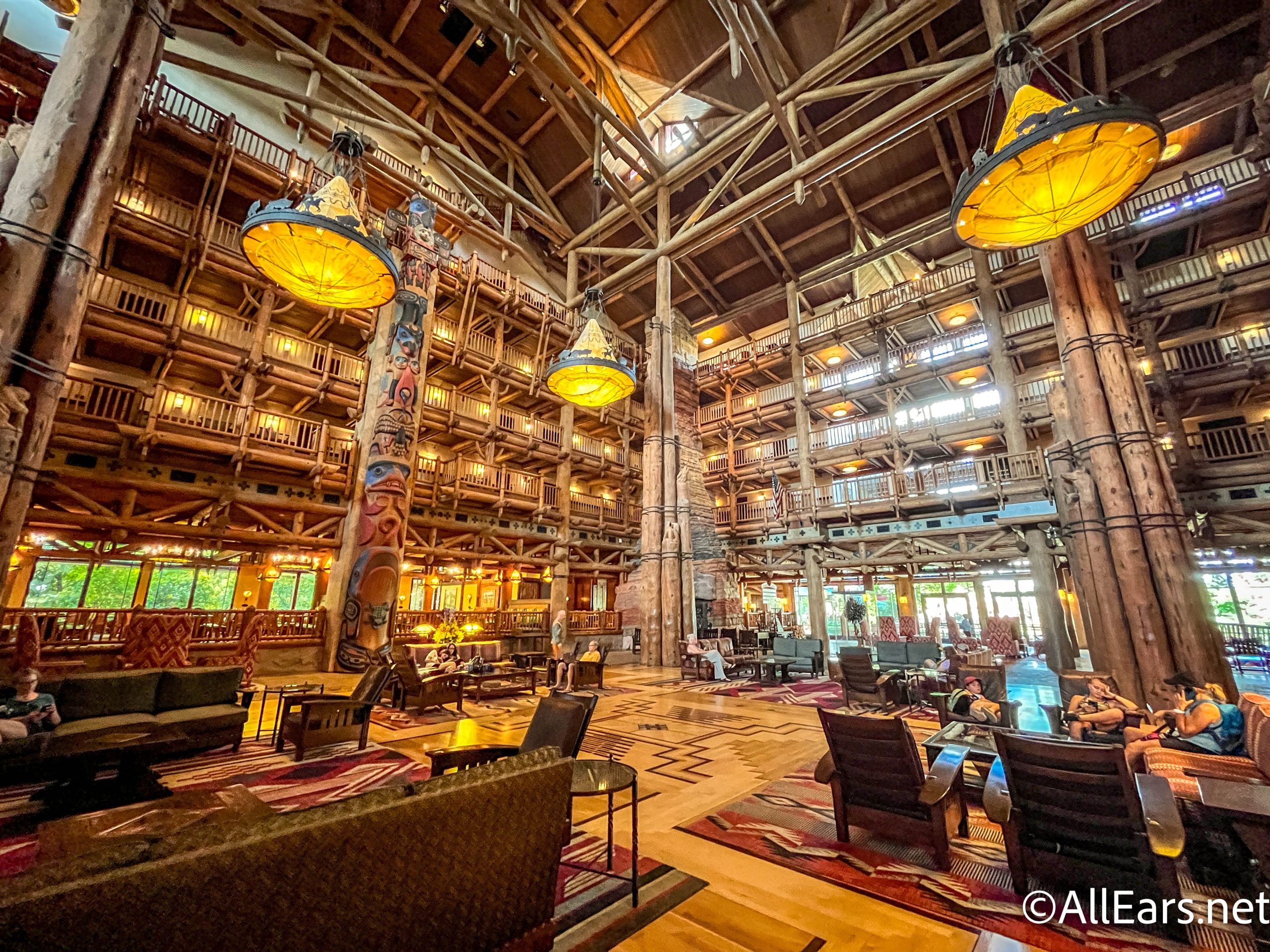


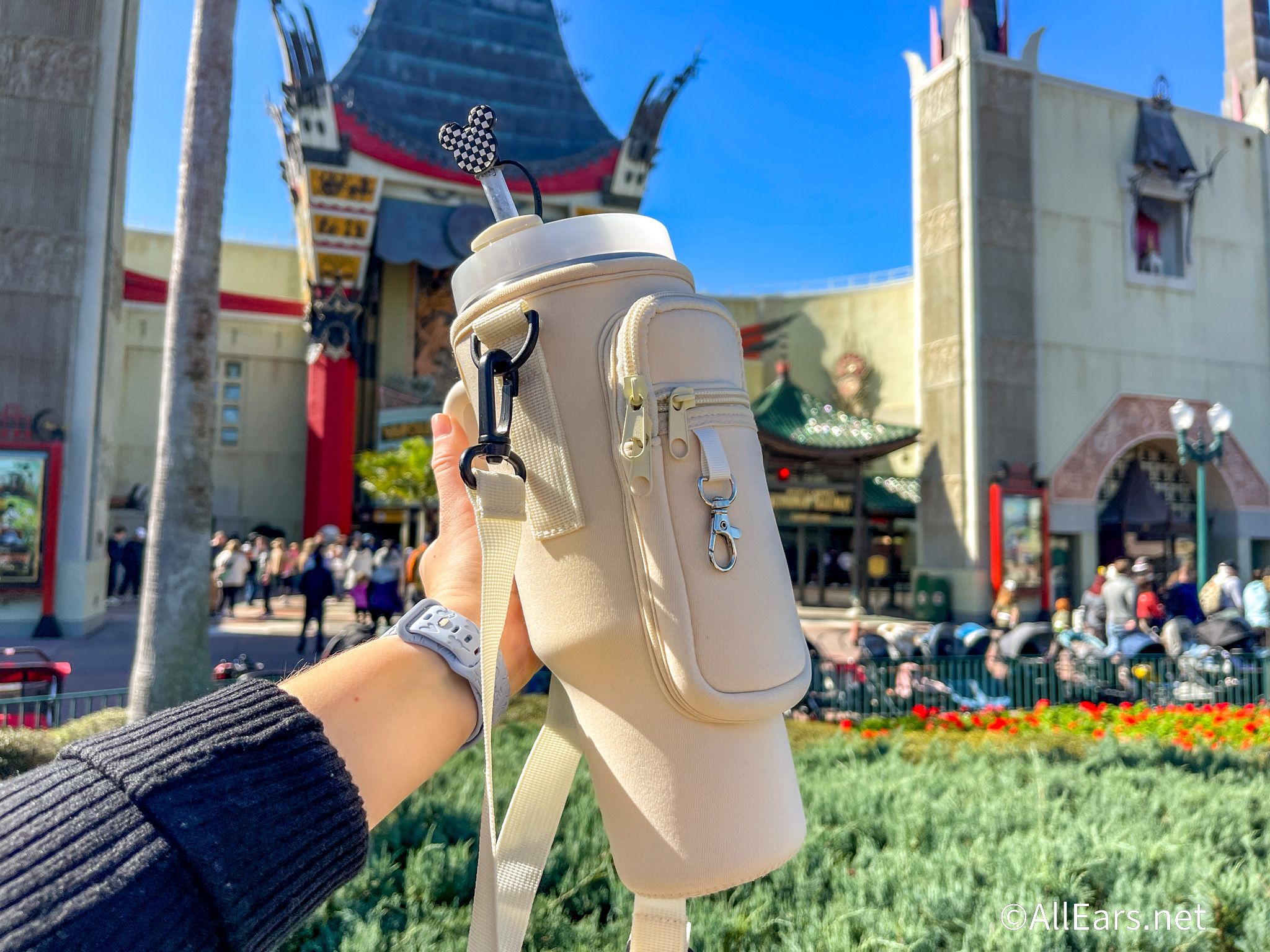
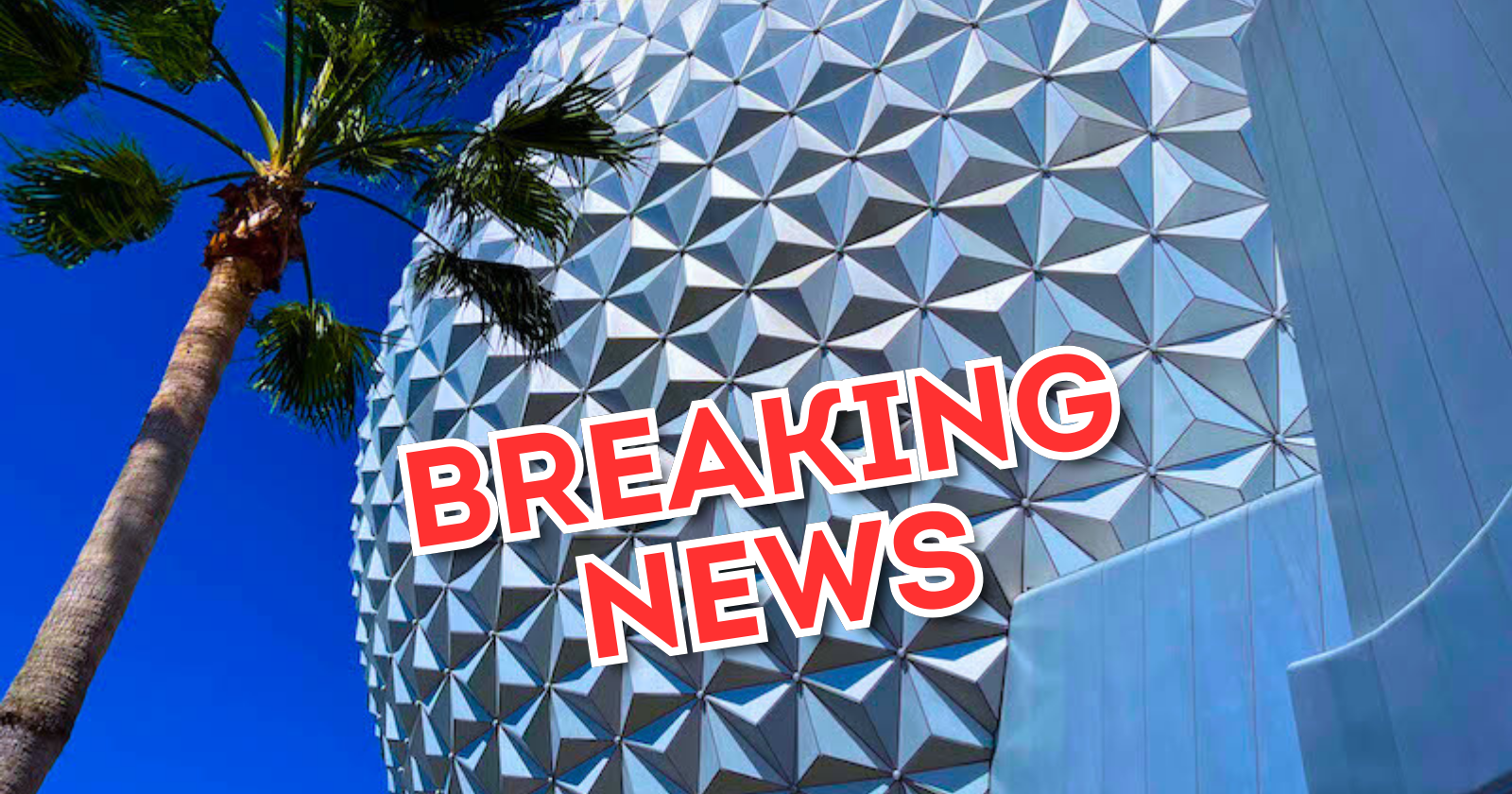

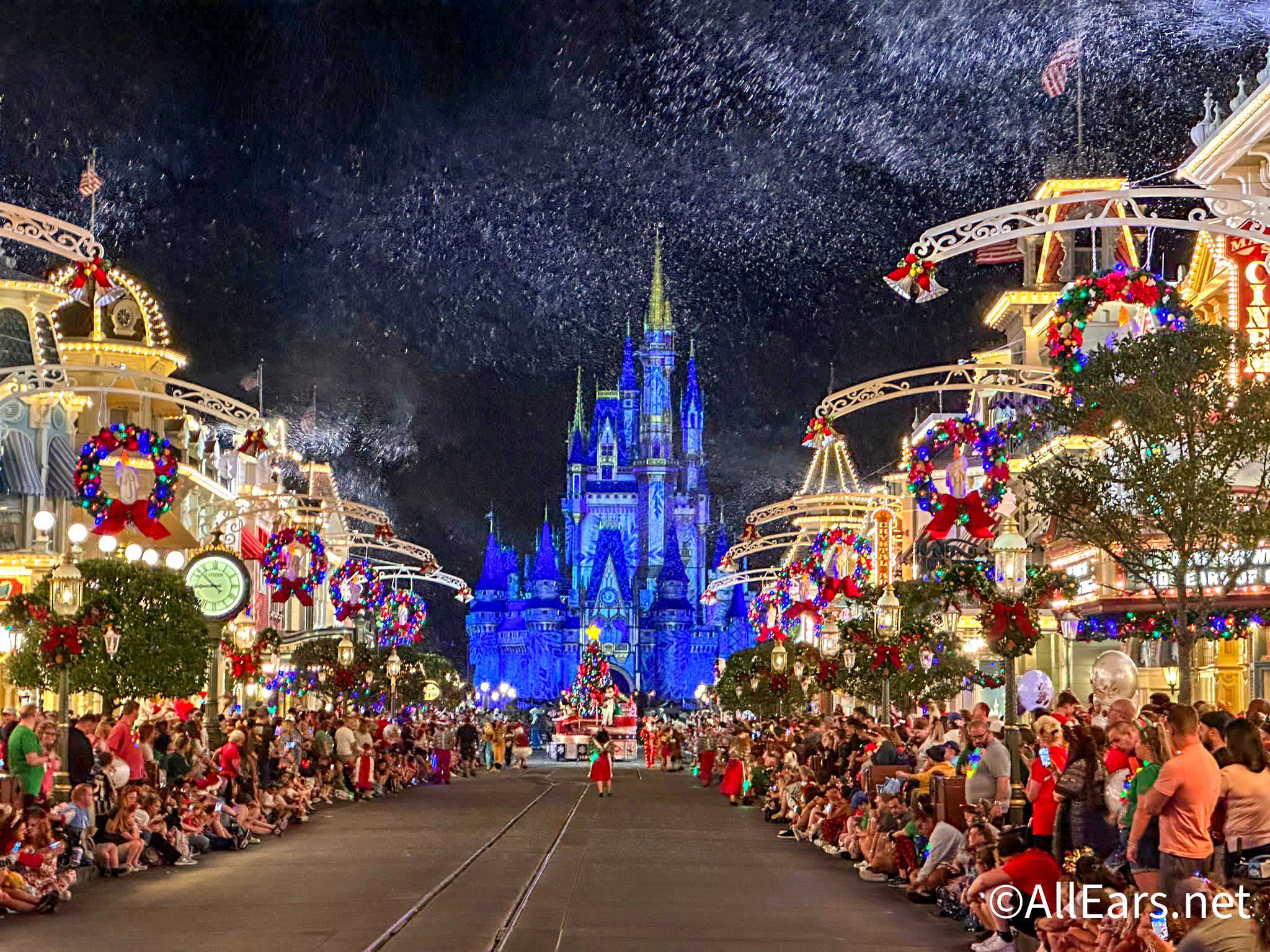
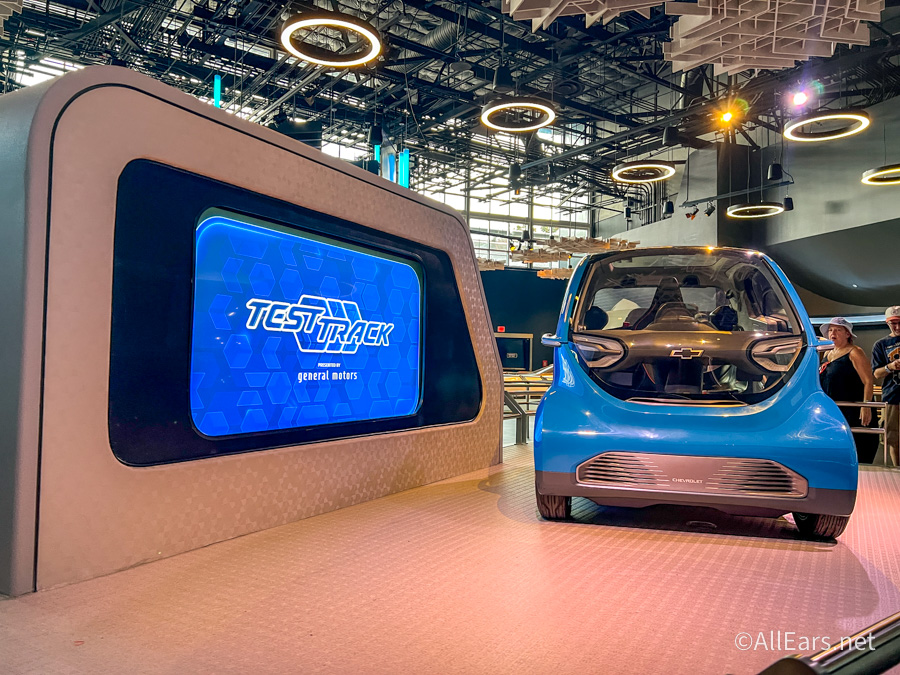


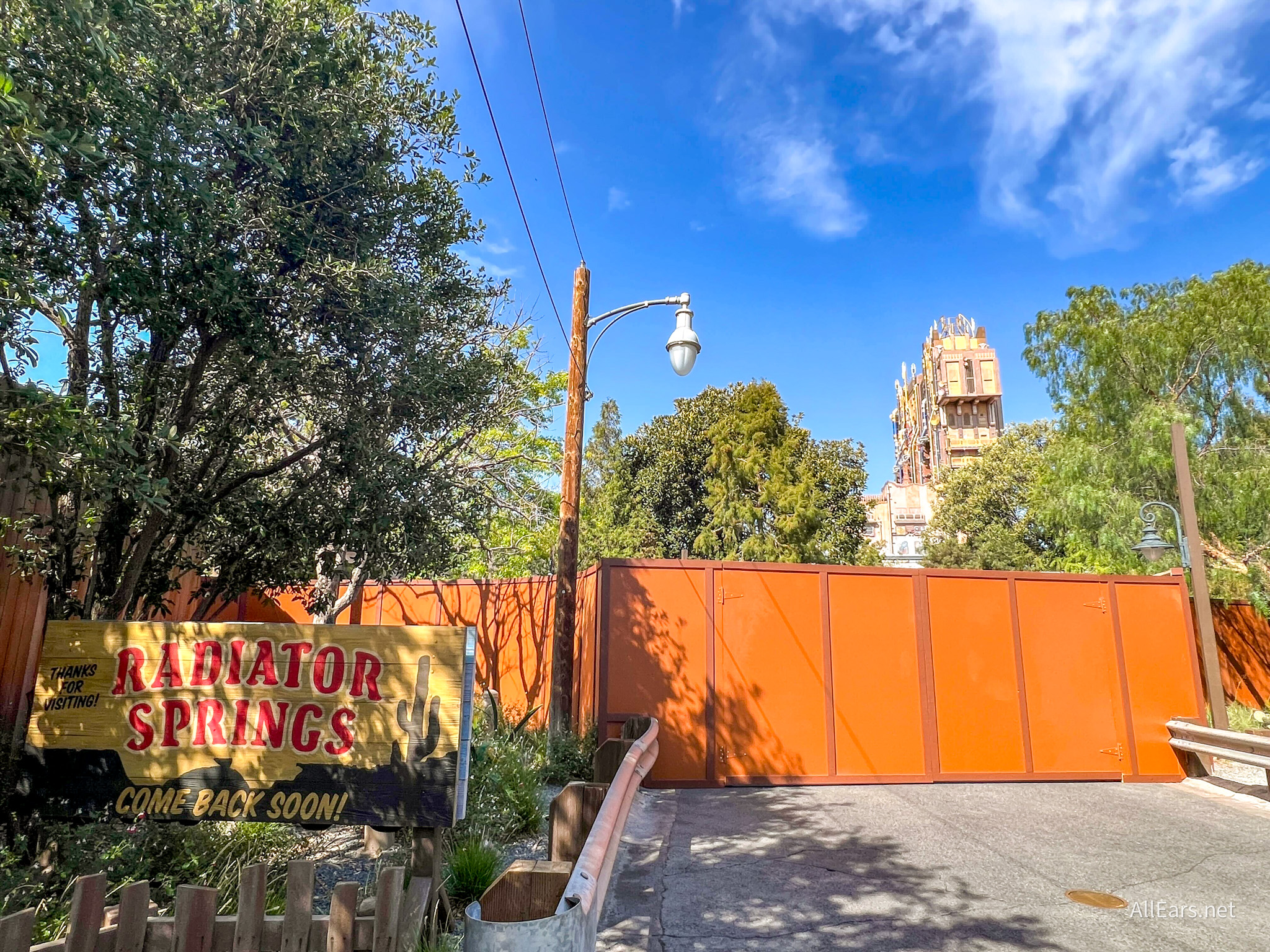



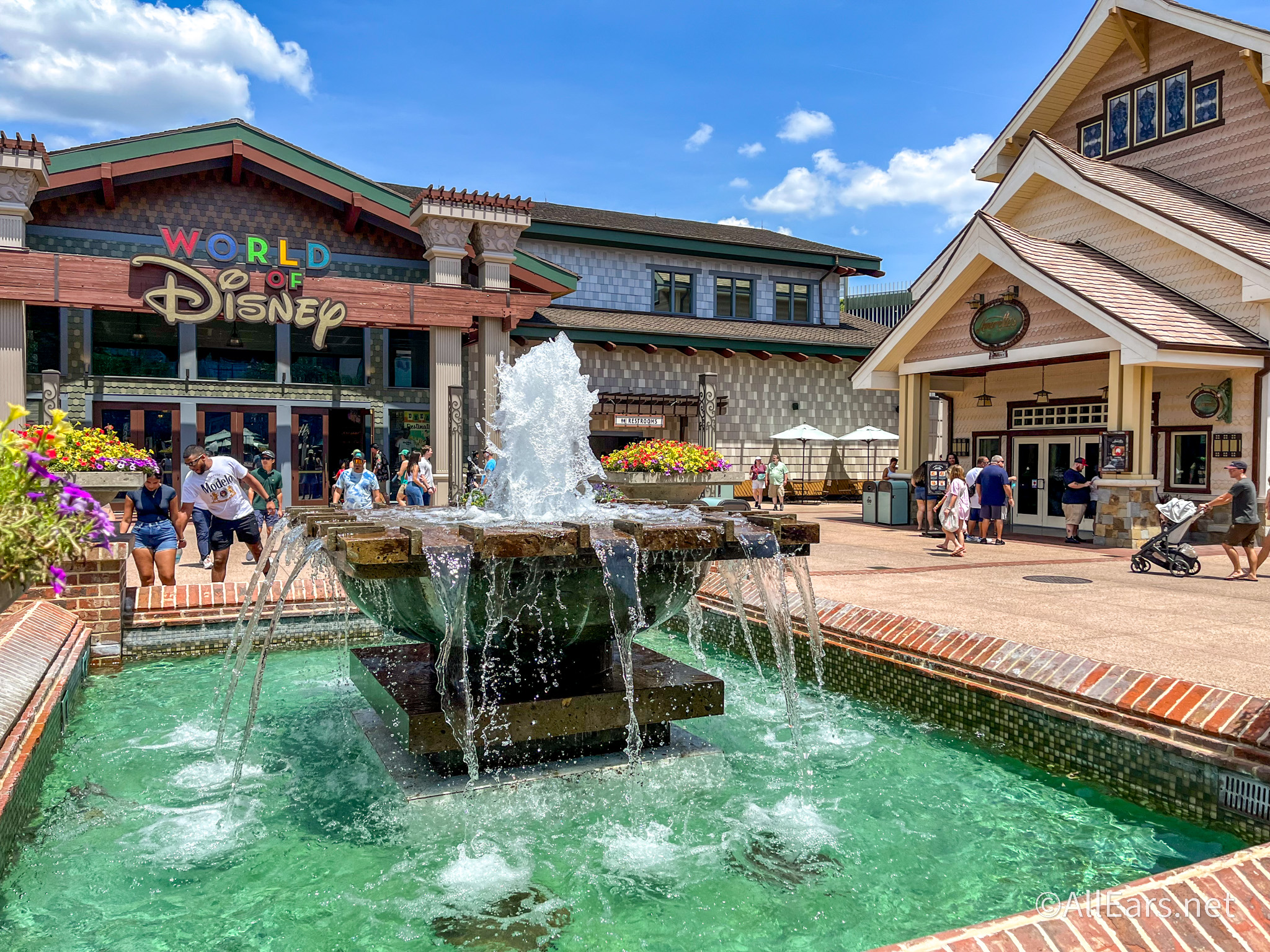


What about Celebration?
A similar article was posted on AllEars last month, asking the readers if we would want to actually live in the EPCOT that Walt had envisioned. Both articles present similar information, but the previous article also included the following:
Walt intended that no EPCOT residents would own their land/home/apartment, allowing their living spaces to be remodeled and changed at any given time without their consent. Residents would also have no municipal voting rights or control over the city’s government.
I would not characterize such an environment as a “utopia”.